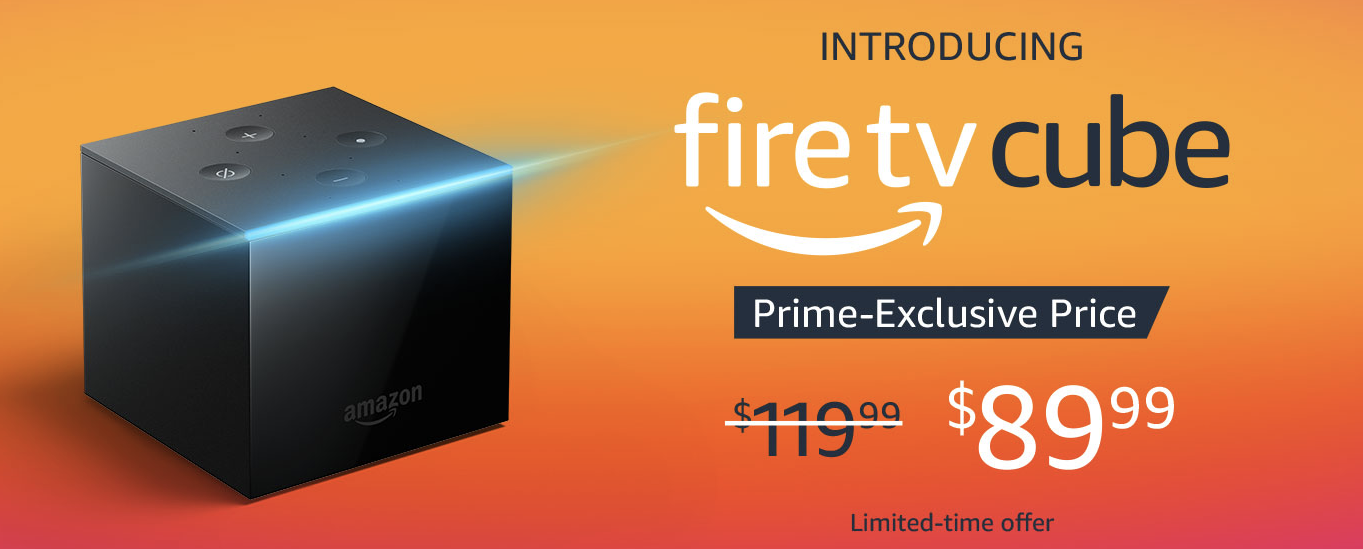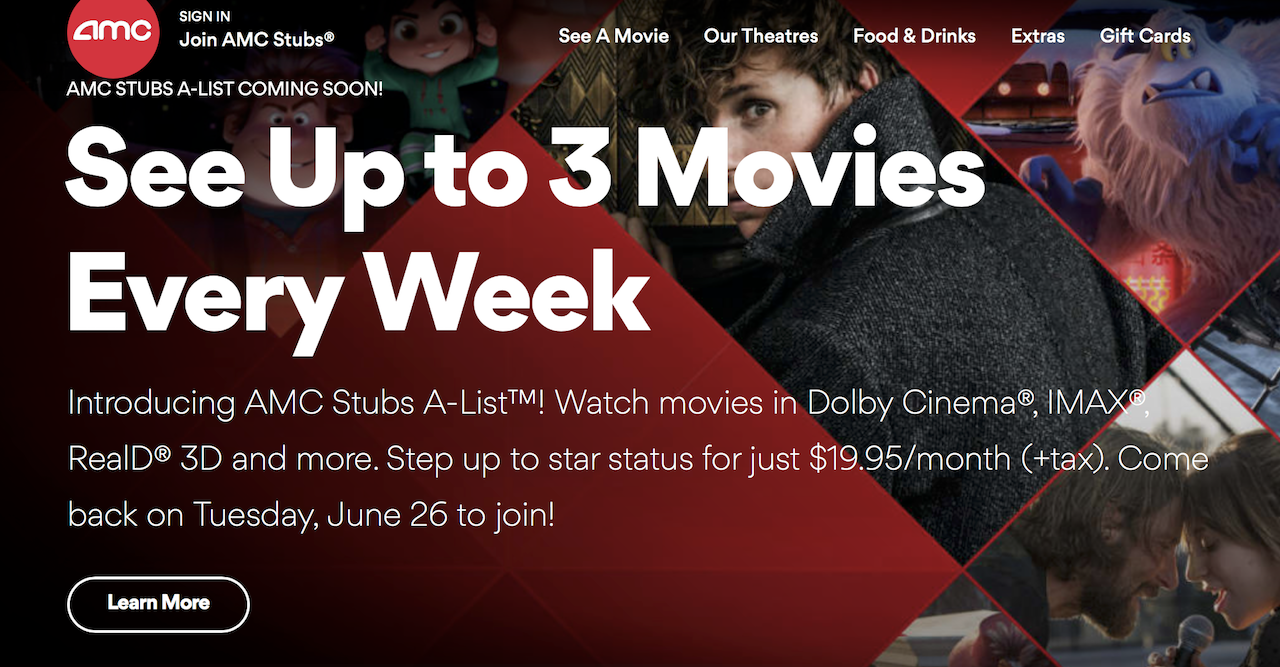Call it fate or call it karma, but the pay TV industry just had a decent size subscriber loss in the first quarter.
If you’re a cable company who didn’t take cord-cutting seriously before, you might want to consider taking it seriously now. The cable companies faced an interesting challenge in the first quarter (Q1) of this year with subscribers taking a dive. According to Kagan, a media research firm, cable companies, telco companies, and direct broadcast satellite companies somehow shed .8% of traditional video customers so far this year. This amounts to 235,000 pay TV customers lost between the big 5 cable companies alone. Although this is a big number, the company did say that this is far less than previous quarters, indicating the loses may be slowing down. Further more, these numbers are cut in half when you factor in gains for multi-channel IP services such as DirecTV NOW and Sling TV, big names in the multi-channel IP sector.
Kagan was quick to point out that the penetration rate for paid TV services is 76.1% of all US households factoring in DirecTV Now and Sling TV as well. This is a big number for sure so pay TV isn’t going anywhere anytime soon. However, cable services did account for a majority of these losses. According to Kagan, both Comcast and Charter accounted for “59% of the drop” in pay TV. This highlights the growing dissatisfaction with cable services. Only time will tell if these loses will affect the industry, but so far, Comcast managed to grow revenue by 10% year over year.
Cable wasn’t really alone in these loses either. Direct broadcast satellite (aka DBS) also had a significant loss, bringing the customer count down to 31.1 million households. However, both DirecTV and Dish Network are in the IP multichannel business with DirecTV owning DirecTV Now and Dish owning Sling. These services, while cutting into DBS, are keeping revenue streams relatively flat based on SEC quarterly filings. Other industries also gaining some foothold include telco TV services such as AT&T U-Verse or Verizon’s Fios. Numbers appear to be down but slowing as both companies shed around 100,000 customers in Q1.
Basically, what Kagan is telling us is in this report is that, while cable faces it’s biggest challenge, Pay TV is going nowhere. Subscriber numbers have slightly decreased and are continuing to slow and it’s the cable industry that is facing the biggest challenge. Unfortunately there is no way say for sure if it is the mass-appeal of new OTT multichannel IP TV services or if it’s growing dissatisfaction of an industry that has been slowly raising prices. But whatever it is, the Cable industry sure could learn a few lessons from this.
![[Seeq].TV](https://seeq.tv/wp-content/uploads/2018/05/SEEQ-red-black-copy-3.jpg)



